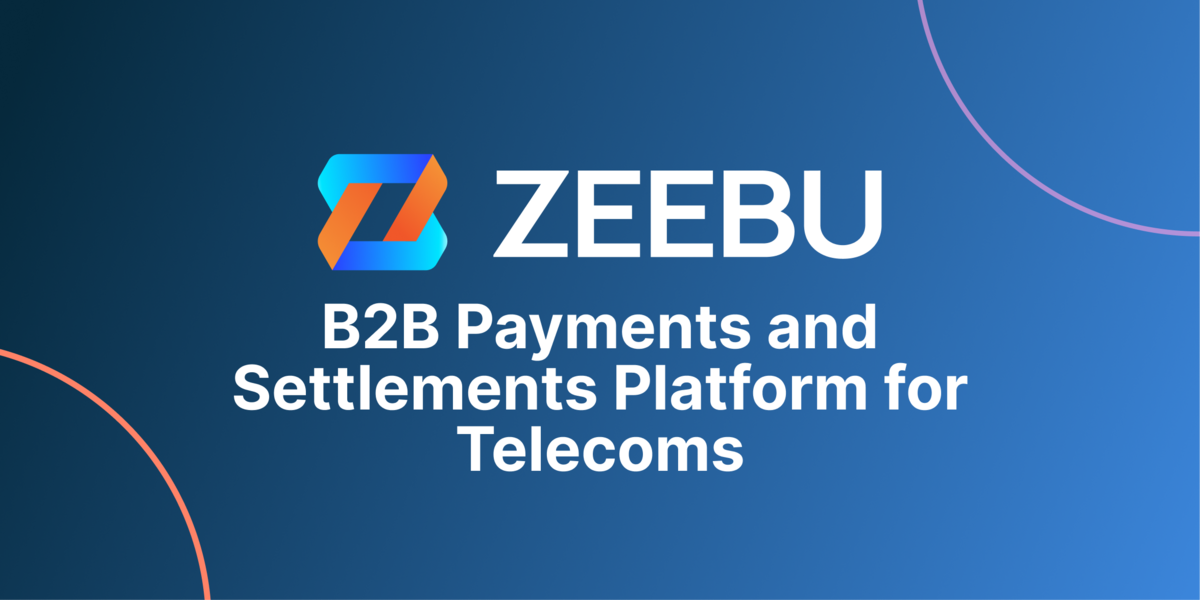Keeping your cryptocurrencies safe has never been more important. The go-to method for securing cryptocurrencies has been hardware wallets, which are undoubtedly secure if used right. Today, we’ll be taking a look at one of the more unique hardware wallets out there - the Cobo Vault Pro.
About Cobo
The company was founded by Discus Fish, which happens to also be the founder of F2 Pool - one of the largest mining pools to date. Back in 2018, Cobo built their first generation Cobo Vault hardware wallet and it was made out of aerospace aluminium, rated IP68 waterproof, IK9 drop resistant, and military standard MIL-STD-810G, making it extremely durable. However, the first generation Cobo Vault was rather expensive, making it inaccessible to the masses.
Now, Cobo has released the second generation of its hardware wallet in the form of the Cobo Vault Essential and Cobo Vault Pro.
The Cobo Vault Pro retails for $149. Some of the main features of this hardware wallet include being air-gapped, a 4-inch touchscreen, a fingerprint scanner for convenience, and also a camera to scan QR codes. In case you didn’t know, being air-gapped means that the Cobo Vault Pro is not directly connected to the Internet or to other devices, making it more secure.
Some other features to highlight include the self-destruct mechanism, and Cobo happens to be the first hardware wallet manufacturer to implement it. If someone tries to tamper with the device physically, the mechanism will detect it as such and erase all sensitive information.
What do you get in the package?
The Cobo Vault Pro comes in a box which contains two separate packages. One contains the wallet itself, while the other contains Cobo’s specially designed AAA battery pack. Included in the packaging is the setup guide, a warranty card, a recovery phrase card, USB Type-C charging cable, rechargeable battery, AAA battery pack, and finally, the wallet. Do note that batteries are not included.
Design & Build Quality
The Cobo Vault Pro has a rather sleek design and looks sort of like a tiny smartphone. However, it is quite thick especially if the AAA battery pack is attached. Compared to similarly priced wallets, the Cobo Vault Pro is definitely larger than any other in the market. It can be quite inconvenient to carry it around, but the upside is that this makes it harder to misplace.
When it comes to build quality, the Cobo Vault Pro is very well built with a mixture of plastic and aluminium. It feels solid in the palm, and one-handed usage is easy. The screen is good as well and is visible under direct sunlight.
Setup
The setup is quite straightforward, especially since the wallet will prompt you with step-by-step instructions.
First things first, you’ll need to create a new vault on the hardware wallet by heading to the Cobo website and use ‘Web Authentication Guarantee’ to ensure your Cobo Vault Pro wasn’t tampered with before. The site will generate a QR code which you can then use your wallet to scan and simply key in the authentication code that appears on the wallet, into the site. Then, a 24-word mnemonic phrase is generated, which you must copy down and store in a secured location. Be sure to check your surroundings before doing so! If anyone gets access to this 24-word phrase, they’ll be able to access your funds.
Once done, the next step would be to key in each phrase on the wallet. This was rather convenient as the keyboard will give suggestions once you’ve typed in a few letters. Then, create a strong password. It must include lower and uppercase letters and must be between 10 - 30 characters. You also have the option to include a pattern password.
Finally, download the Cobo Vault app on your smartphone and scan the QR code that appears on your Cobo Vault Pro. This will sync your app with the Cobo Vault, allowing you to view balances and such. And there you have it, you have successfully set up your Cobo Vault Pro! Cobo has a video tutorial on how to do this setup which can be viewed below.
Security
Now comes the most important part, seeing as security is paramount when it comes to keeping crypto assets safe.
As mentioned previously, the Cobo Vault is air-gapped, meaning that it is impossible to connect with any device or network - mobile networks, Wi-Fi, and Bluetooth are not supported. This eliminates wireless connection hacking as an attack vector that can be exploited by hackers.
To ensure that the device is entirely air-gapped, the included battery cannot be charged while connected to the wallet. Instead, you’ll have to remove it and charge it separately with a USB Type-C cable. On top of that, updating the firmware needs to be done via an SD card containing the update.
There is a camera on the back of the device which can be used to scan QR codes in order to perform transactions. This is accompanied by a fingerprint sensor just below it to verify transactions and unlock the wallet. It can register multiple fingerprints, which is a nice touch, allowing you to verify or unlock with any of your fingers.
One critical feature of the Cobo Vault Pro is its self-destruct mechanism. If anyone tries to tamper with the wallet, such as prying it open, the self-destruct mechanism will initiate. All information stored on the device will then be wiped.
How does it compare to other hardware wallets?
There are many hardware wallets available in the market, with some of the most popular being Trezor and Ledger. So, what sets apart the Cobo Vault Pro from the competition?
For starters, it comes with a rather large touchscreen, which most wallets don’t come with. Also, it is air-gapped, which takes away an attack vector. Other hardware wallets aren’t air-gapped, with the majority of them being able to connect to a computer via USB port.
However, there are also a number of disadvantages of a Cobo Vault Pro when compared to other hardware wallets. It is fairly large compared to the Ledger and Trezor, as can be seen from the image below. This makes it harder to misplace, but also hard to store. Furthermore, it doesn’t support a wide range of cryptocurrencies. At the moment, it only supports the following currencies:
-
Bitcoin (BTC)
-
Ethereum (ETH) and ERC20 assets
-
Dash
-
Litecoin (LTC)
-
Ethereum Classic (ETC)
-
Tron (TRX)
-
EOS
-
Tether (USDT)
-
Ripple (XRP)
-
Decred (DCR)
-
Zcoin (XZC)
Pros
-
Enhanced security (air-gapped)
-
Secure element is open source and graded FIPS 140-2 for security
-
Well built
-
Easy to use due to touchscreen
Cons
-
Doesn’t support a wide range of cryptocurrencies
-
Rechargeable battery doesn’t last long on a single charge
-
No way to remove any wallets via the Cobo Vault Pro
-
Rather bulky to carry around
Furthermore, there is no way to remove any wallets via the Cobo Vault Pro. I accidentally added a number of Ethereum wallets and wanted to remove them. However, there is no option for that. It is possible to remove them from the Cobo Vault app, but this change doesn’t sync with the Cobo Vault Pro even after scanning the QR code again.
Final Thoughts
The Cobo Vault Pro is unique in the sense that it imitates smart phones with its touchscreen feature and is more secure than other hardware wallets being air-gapped. However, the small number of supported currencies negates this convenience. It is also rather pricey, starting at $149 whereas offerings from Trezor and Ledger cost between $59 to $180. A cheaper version would be the Cobo Vault Essential, which retails at $99 but it is missing a few features such as the self-destruct mechanism and fingerprint sensor.
Cobo has mentioned that support for more currencies will be added in the future. If that’s the case, the Cobo Vault Pro will be a compelling hardware wallet to own for the everyday cryptocurrency user.

Shaun is a Research Associate at CoinGecko with a fondness for memes and farming on the blockchain. Follow the author on Twitter @ShaunPaulLee









 Or check it out in the app stores
Or check it out in the app stores